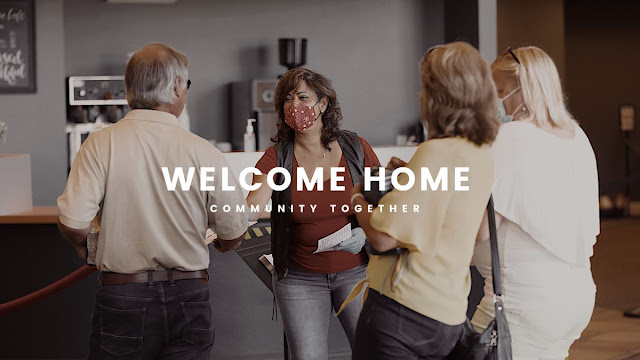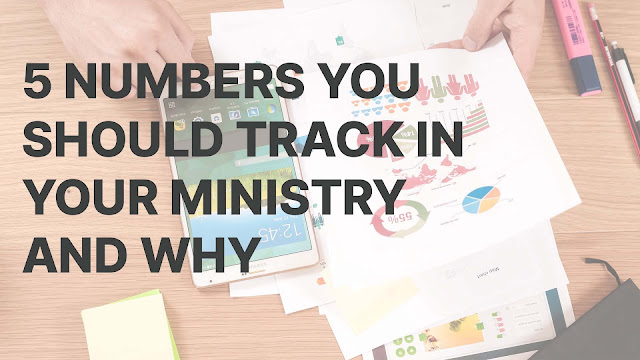How to Order T-Shirts: Part 1
That’s a question that somehow got skipped in seminary. Nowhere in all my studies did anyone tell me how to design, order, and then sell/give-away t-shirts and somehow in my ministry experience I find myself having to do it at least once a year.
Over the years, I’ve developed some strategies to help me be successful and get the kind of shirts everyone loves. This is the first of a three part series on ordering t-shirts.
As Julie Andrews taught me in the Sound of Music, let’s start at the very beginning.
The design of a shirt has a lot of different factors. What event is this for? Who is going to wear it? Is this a shirt that is ongoing, just for this event, or a marketing tool? I can’t help you with those answers because they’re specific to your context, but I can give you some things to consider in your design once you’ve answered the other questions.
Are you using a designer?
Outsourcing the design or making it in-house makes a big impact on your wallet. You could outsource it, and let them handle all the technical aspects. But you'll to need to work with them closely throughout the process to give direction and feedback as they work.If you design it in house, you can save some money. However, you may lack the technical/artistic skills to make a shirt people will wear. Personally, I’ve never outsourced the design, but I also have developed those skills over time. I’ve had some bad shirts over the years, but they were all learning experiences.
How many colors?
When I first ordered t-shirts, it was for a VBS. I thought I could just throw the logo on a shirt, and I’d be done. Unfortunately, I learned that you could do that, but you’re going to have to pay for it. Every color you put on a shirt costs more money. It’s the way the print shop works. It’s all very technical, but basically every color you put on a shirt the printer has to run that same shirt through the process again.
 |
| My first VBS shirts were an iron print on the cheapest white t-shirt. They didn't make it through the week. |
My first shirt had 4 colors. Even on the cheapest white t-shirt with a local printer that was going to give me a deal, I was going to have to pay upwards of $8 per shirt. That’s a lot of money for some churches and hard to justify.
Typically, when I order shirts, I do a one to two color print. It keeps the price down, and you can still make a graphic that looks good. Also, pro-tip, you can cheat and get an extra color for free with the color of your t-shirt.
Where do you want to put the graphic?
Similar to the colors, every additional graphic location printed on the shirt costs extra.
Think about it this way. Every time they have to run your shirt through the printer, they’re going to charge you more.
At one of my previous churches, it was required to have the church logo somewhere on the shirt. I thought it would be cool to have the logo on the sleeve, and it was. But that was another graphic location I had to pay for separate from the main graphic. The following years, I figured out how to put it on the main graphic to save some money.
At one of my previous churches, it was required to have the church logo somewhere on the shirt. I thought it would be cool to have the logo on the sleeve, and it was. But that was another graphic location I had to pay for separate from the main graphic. The following years, I figured out how to put it on the main graphic to save some money.
What kind of shirt are you ordering?
When I first started ordering shirts, I ordered the cheapest fabric I could find. That first VBS I found Vistaprint would do my full color logo on a white t-shirt for about $5 per shirt. Well, you get what you pay for. By day 3 of the VBS you could barely see the logo anymore and by day 5 they had shrunk so much most of us were wearing mid-drifts. It wasn’t a great look.
Over the years, I’ve tried different brands and qualities. My absolute favorite is Sunday Cool. They cost about a dollar more than your standard Gildan, but they are worth it for longevity and customer satisfaction. I’m wearing one right now.
The quality and type of your shirt plays a big factor in your cost. If you want a button down or a polo, it’s going to cost more than just a t-shirt. If you're hosting one-off event, go for the super cheap shirt. If it’s a uniform shirt for your volunteers, go with one that can be washed and will hold up to a lot of punishment. If it’s for marketing, splurge a little bit to get something your people are going to be happy to wear outside of your church.
Over the years, I’ve tried different brands and qualities. My absolute favorite is Sunday Cool. They cost about a dollar more than your standard Gildan, but they are worth it for longevity and customer satisfaction. I’m wearing one right now.
The quality and type of your shirt plays a big factor in your cost. If you want a button down or a polo, it’s going to cost more than just a t-shirt. If you're hosting one-off event, go for the super cheap shirt. If it’s a uniform shirt for your volunteers, go with one that can be washed and will hold up to a lot of punishment. If it’s for marketing, splurge a little bit to get something your people are going to be happy to wear outside of your church.
 |
| I used both of these uniform shirts. Because the color was more expensive, I charged for them. |
How many shirts are you ordering?
The quantity of shirts plays a role in the cost as well. One time I ordered 120 volunteer shirts knowing that it wasn’t enough, but it was all my budget could handle for the type of shirt I wanted. As I knew would happen, I was out of the sizes of shirts I needed and had to do a supplemental order of 30 shirts.That second order cost as much as the first.
The only difference between the first and second run was the quantity. Because printshops get price breaks by buying in bulk, they pass those savings on to you, which is nice. However, that also means if you have to order fewer shirts, even if they’re a reprint, you’re going to pay more per shirt. It’s just the way it is.
Before I move on from the ordering process also keep in mind there is usually a price increase for every additional X in shirt size. 3XLs will cost more than a 2XL, which is more than an XL, which is more than a large. Again, this comes from the printshops supplier. They have to pay more so you have to pay more. Keep this in mind when getting the price per shirt because if you have to order a lot of those plus sizes your overall cost will go up.
Before you ever contact a print shop, you need to have most of these if not all of these questions answered. I would also suggest that you start months in advance, so you have time to make a quality shirt that your audience will love.
This is just the first part of a three-part series on ordering shirts. My next post will be on how to figure exactly how many shirts to order.






Comments
Post a Comment